Estimated reading time: 8 minutes
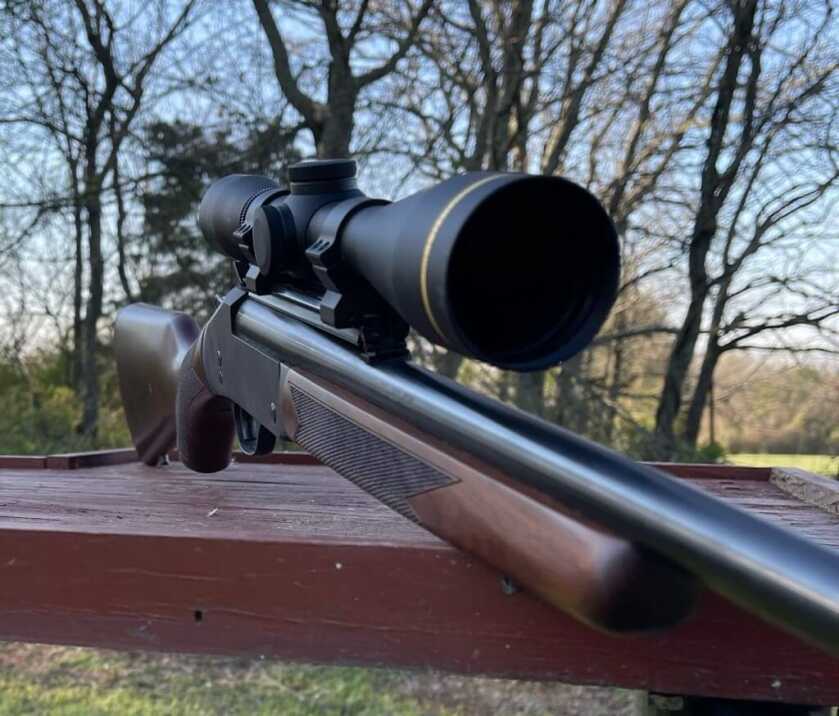
‘My First Rifle Was a 243’
That is a lyric from a great song by Whiskey Myers called Ballad of a Southern Man. For a lot of hunters in the South, and elsewhere, their first rifle was a .243. Mine wasn’t, it was probably the other most popular caliber for a first hunting rifle, a 30-30. But I digress, this is an article about putting together a first hunting rifle for my son. And yes, it ended up being a .243.
My son isn’t quite the age yet for hunting but I wanted to go ahead and put something together for him when the time comes. I did something similar for my daughter. I wrote about it here on GunsAmerica, you can find the link here for that story. However, this situation is a little different. My daughter was 17 when she really wanted to go hunting. My son is currently 5. He is already begging to go. I will take him with me to help, “Look for the deers, Dad!” this fall. While he won’t be of legal age here to shoot one yet, it’s not far away.
The Criteria
What I had in mind for him was simple. That is the keyword, simple. I wanted to keep the rifle and optic basic but of good lasting quality. “Maybe this will be the rifle he gives his kid one day”, was my mentality for this project. Or maybe even a generation beyond that. Sure the scope will probably need updating at some point, but let’s at least start with something good and already a classic.
For the rifle, I wanted simple and lasting. I ruled out an autoloader for the simplicity aspect. I was not opposed to a bolt gun at all, but something about this idea begged for even simpler. A single-shot break action was the ticket.
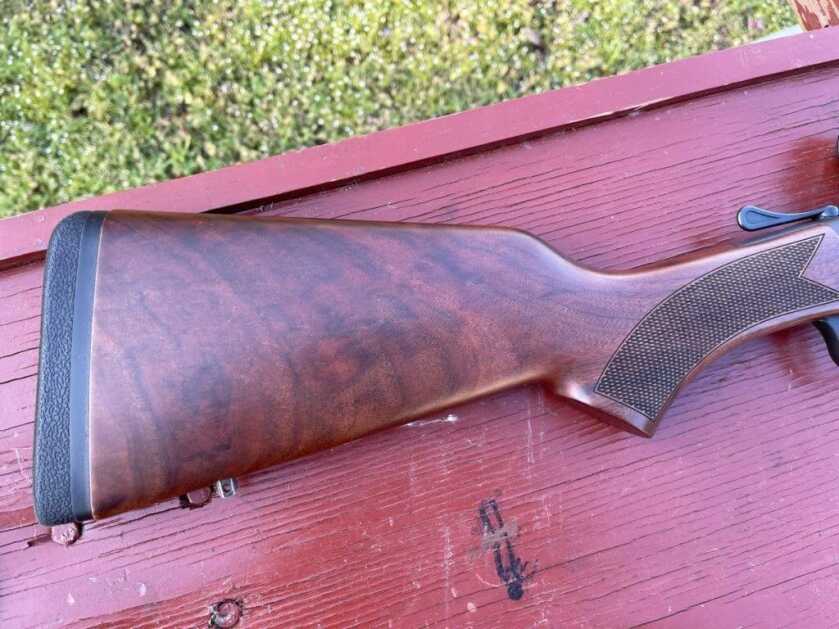
I also wanted something that was wood and blued metal for that heirloom classic nostalgia. The caliber selection was important for three reasons. First, it needed to be a low recoil cartridge for the young hunter aspect of this project. Second, I wanted at minimum a 300-yard gun. Finally, it needed to be a classic chambering that I feel will still have ammo available in 40 years or more.
There were 4 cartridges I originally thought of. 30-30, 6.5 Creedmoor, 7mm-08, and .243 Winchester. I had a few thoughts on each one. I may be right or wrong on some of this but here was my thought process “30-30, not a 300-yard round. 6.5 Creedmoor, hasn’t been around long enough (although I do believe it is here to stay). 7mm-08 really good round, I like it a lot, this is a contender. .243 also a contender, checks all the boxes.”
Finding the Rifle
There aren’t a lot of new single-shot rifles currently on the market. I did want to buy new. Winchester still does limited runs of the 1885, but good luck finding one. I visited with a few local dealers and they pretty much laughed at me. They are also a bit pricy, MSRP is around $1,800. Thompson Center was another option, they make the Contender with wood furniture. Or I should say made, in the past tense. Someone, like Ruger did with Marlin, needs to buy them from S&W. Speaking of Ruger, a Ruger No.1 rifle would be a great choice, but they are not currently making one in .243 or 7mm-08. Henry makes a youth model single-shot rifle, and they make it in .243 Winchester. Bingo we have a possible winner!
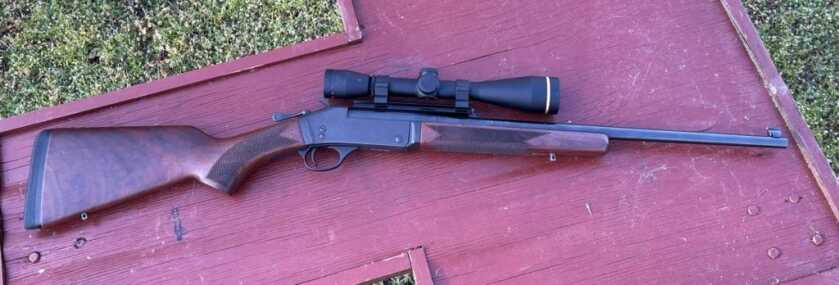
Henry Arms
The Youth Model Henry is exactly the same as their regular model but with an inch shorter length of pull. They also sell youth-size stocks to convert a regular model. This is exactly what I did. The rifle can now also be “grown into”.
Here are some specs on the Henry:
- Barrel Length 22″
- Barrel Type Round Blued Steel
- Rate of Twist 1:10
- Overall Length 36.5″
- Weight 6.95 lbs.
- Rear Sight Fully Adjustable Folding Leaf
- Front Sight Brass Bead
- Scope Mount Type Weaver 82
- Stock Material American Walnut w/ Black Solid Rubber Recoil Pad
- Length of Pull 13″
- Safety Rebounding Hammer
The Henry comes with iron sights. With the “keep it super simple” idea of the project, I could have just left it at that. But I wanted to have a scope for this rifle. A simple one. No fancy-pants red, green, or blue dots. Let’s keep it even simpler and go with a fixed power. The Henry is made in the US of A, might as well get a Leupold. Like peas and carrots. I went with the FX 6×42. Magnification x6 is more than enough for this simple project.
I did run into one small issue with this combination. When I tried to use low rings, the hammer would hit the back of the scope. I had to change out for a midsized ring to get around the issue. I also, need to had a hammer extension. Henry sells two for this rifle if I can’t find one locally.
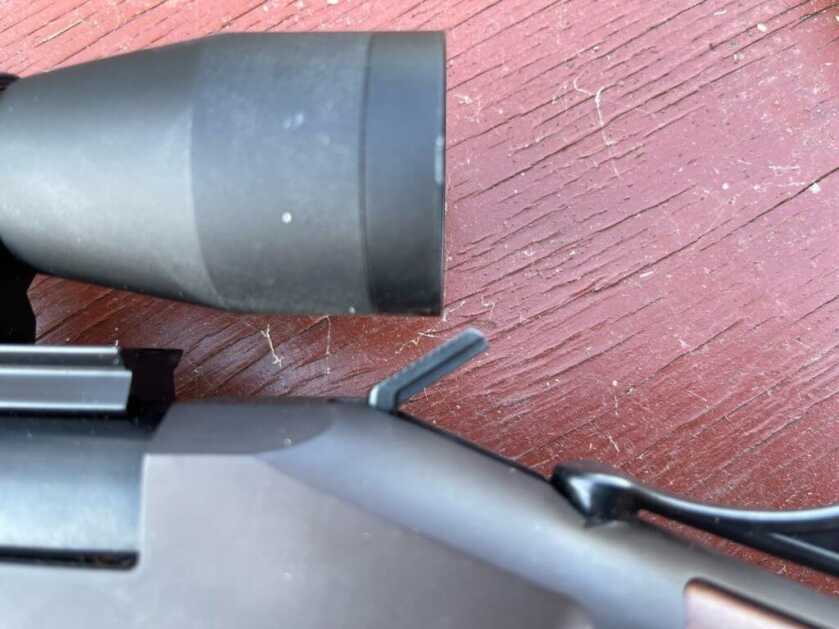
Range Time
I took the Henry to the range to zero the scope and see if it was as simple as intended. The first thing I learned is that the hammer extension is a must. I can still get the hammer back, but it would be difficult for a young shooter or someone with weaker hands. I did play around with the eye relief distance to see if could mount the scope further forward. The sweet spot was still too close to the hammer to not have the extension.
Available on GunsAmerica Now
I shot the Henry with a couple of different loads from Hornady and one from Sig. The Henry didn’t really care what it was eating. Other than elevation being a bit different from grain weights, the .243 Henry easily made sub-moa groups at 100 yards. Recoil was next to nonexistent, and would be more than manageable for any shooter. The fixed power Leupold was bright and clear. This scope was a great match for the Henry.
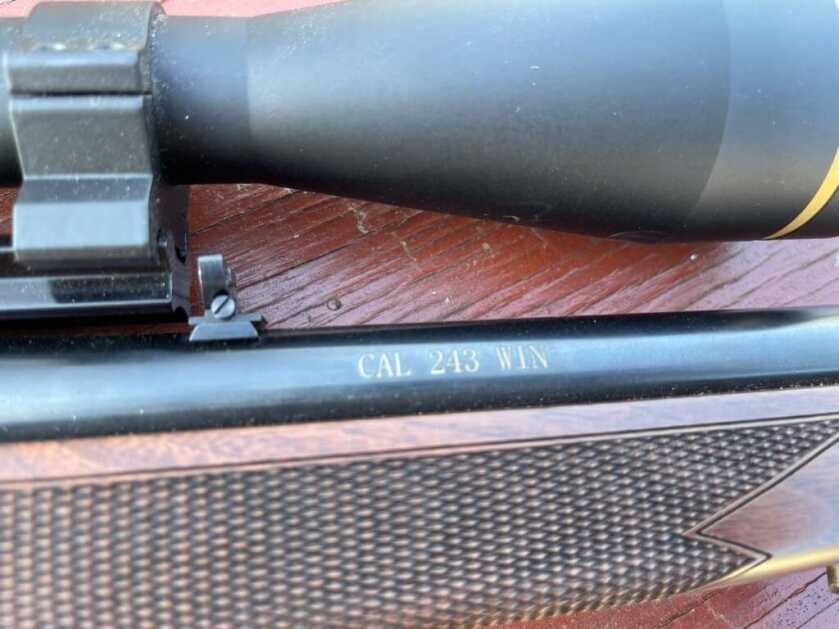
I feel the Henry Single Shot in .243 is possibly the perfect rifle for what I tried to build. It is simple, heck it doesn’t even have a “safety”. Don’t cock the hammer unless you are ready to shoot. Henry makes these single shots in a number of calibers, including some straight walls that would be great for the states that require them for hunting. Or states you can use 45-70 as a “muzzle loader”, this would be perfect. The price is not bad either. Henry has an MSRP on these of $580, and they tend to sell for about a hundred bucks less. That is for an American Made rifle with blued steel and walnut furniture. Classic, simple, and timeless.
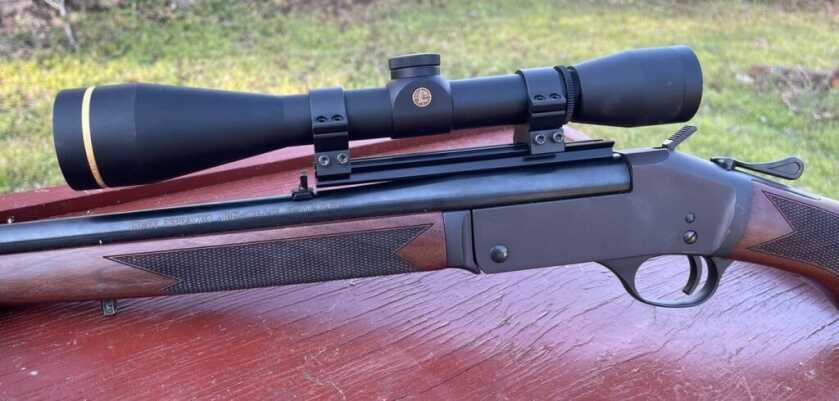

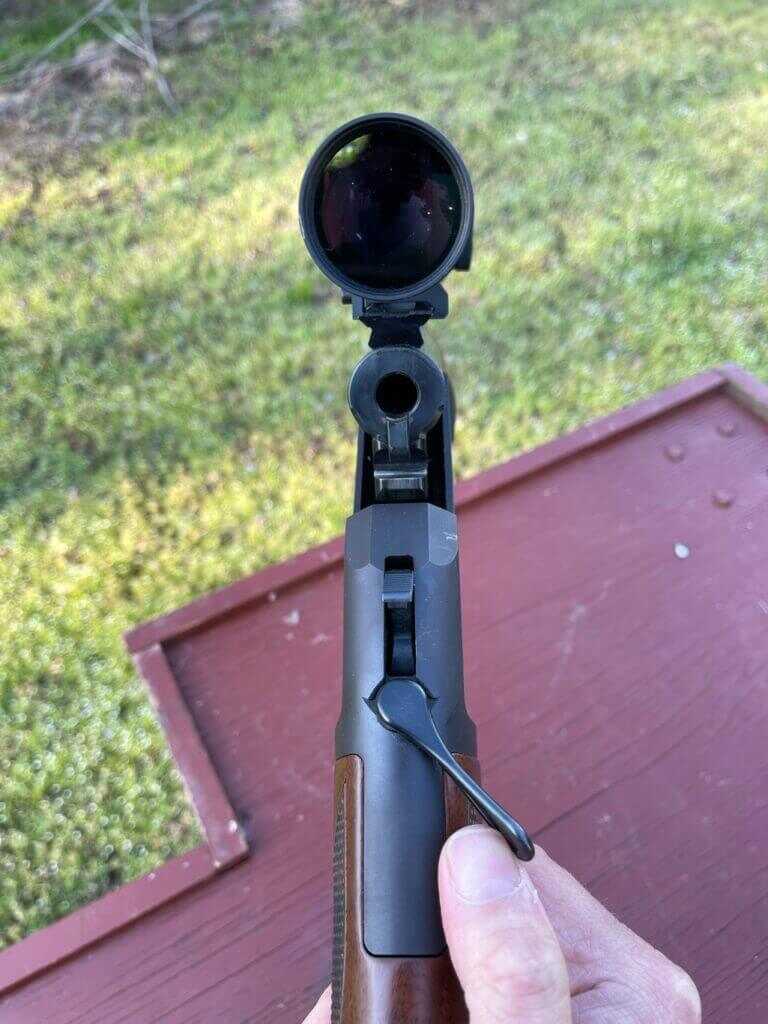
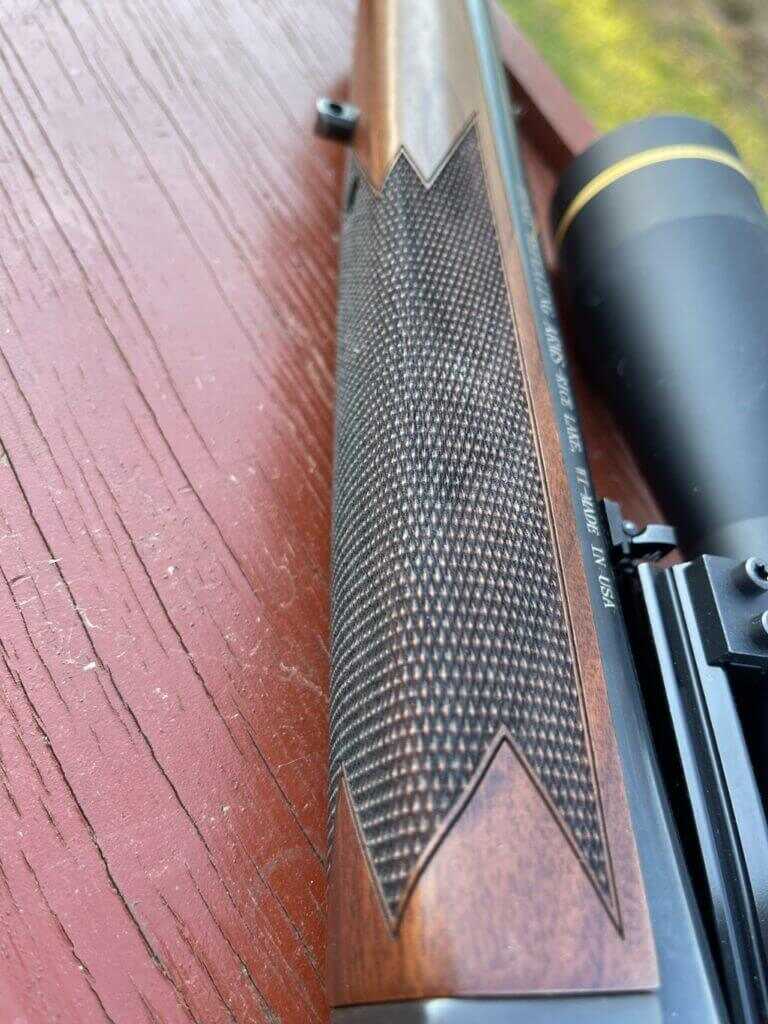
*** Buy and Sell on GunsAmerica! ***












I am not a fan of the 243 for deer hunting. I am a fan of the 6.5 Creedmoor.
It does everything the 243 does and can be loaded with 160 gr. bullets compared to the 243’s 100 grain. The Creedmoor isn’t perfect but it is far better for deer hunting than the 243. That extra 60 grains of bullet weight and 6.5 diameter can’t be ignored. The Creedmoor is not a hard recoiling round either. A little bit more than the 243 but not much. The Creedmoor also has a great selection of bullets available for deer hunting. They start at 120 and go all the way to 160 gr. They will all work better than the 243. A 250 pound Minnesota Whitetail is going to take more to drop than a 100 pound Texas one.
The 243 may work fine on a 80 pound deer but it falls short on the big ones.
I live in northern Minnesota. Deer get big in Minnesota. My experience would suggest that many deer have run off to die after being shot with a 243 in Minnesota. I am not saying the 243 is a bad round but that the 6.5 Creedmoor is a better one. That is my two cents worth. Lets go Brandon!
It reminds me of the H&R Handi-Rifle. I have one in .223, and a brother has one in .30-30. They are great single shot rifles.
I always like Henry products, and aspire to have a Henry someday (even though I don’t need one), but the shape of the hammer on this one really looks cheap, and I would have expected better from Henry.
Great little rifle, and perfect for a young hunter. Teaching that “you have only one shot”, is a fantastic way to encourage good marksmanship. I have just about any type of rifle to hunt with, but use a Ruger No. 1 almost exclusively for whitetails. The only thing I would have done differently is to opt for a lower power optic, or perhaps a LPVO. The 6X Leupold will do fine if solely hunting fields, but may prove difficult for a youngster in the woods… especially if the target is close. My first optic as a young hunter was a 1.5X fixed Weaver with a post reticle. It was a good choice for the woods, and managed to put meat in the freezer.